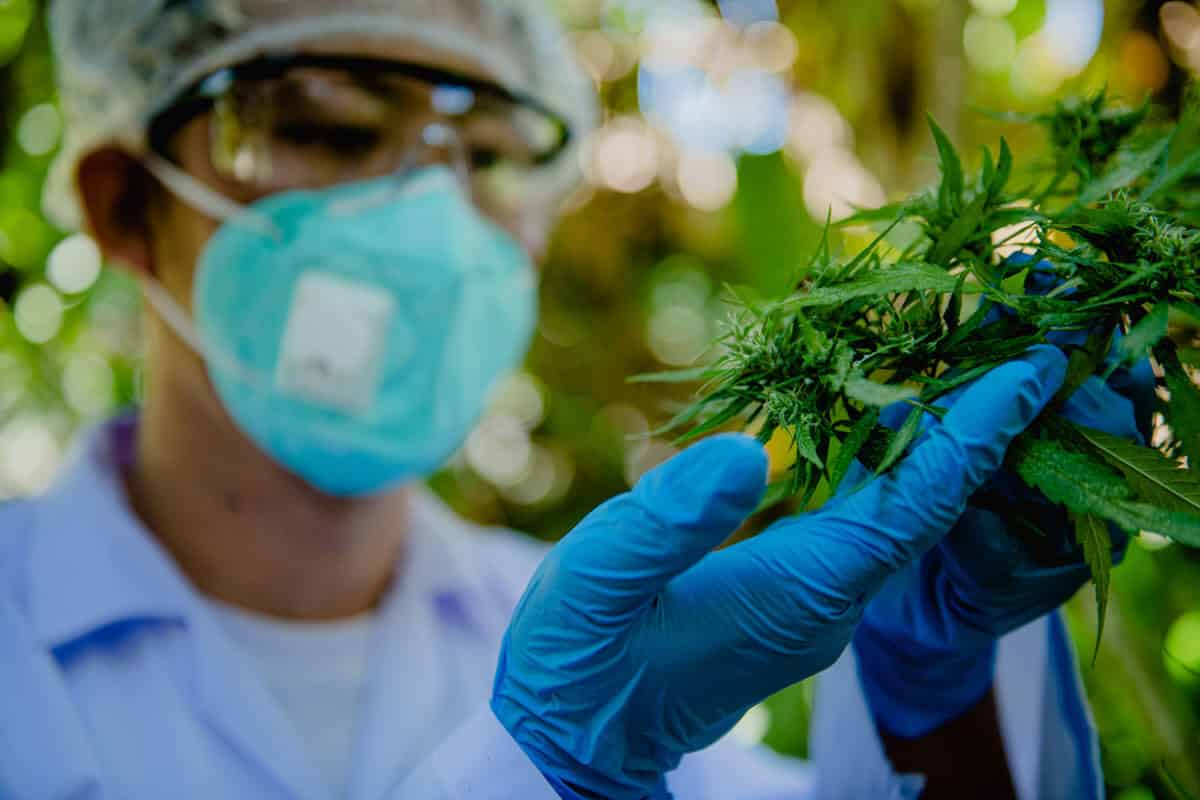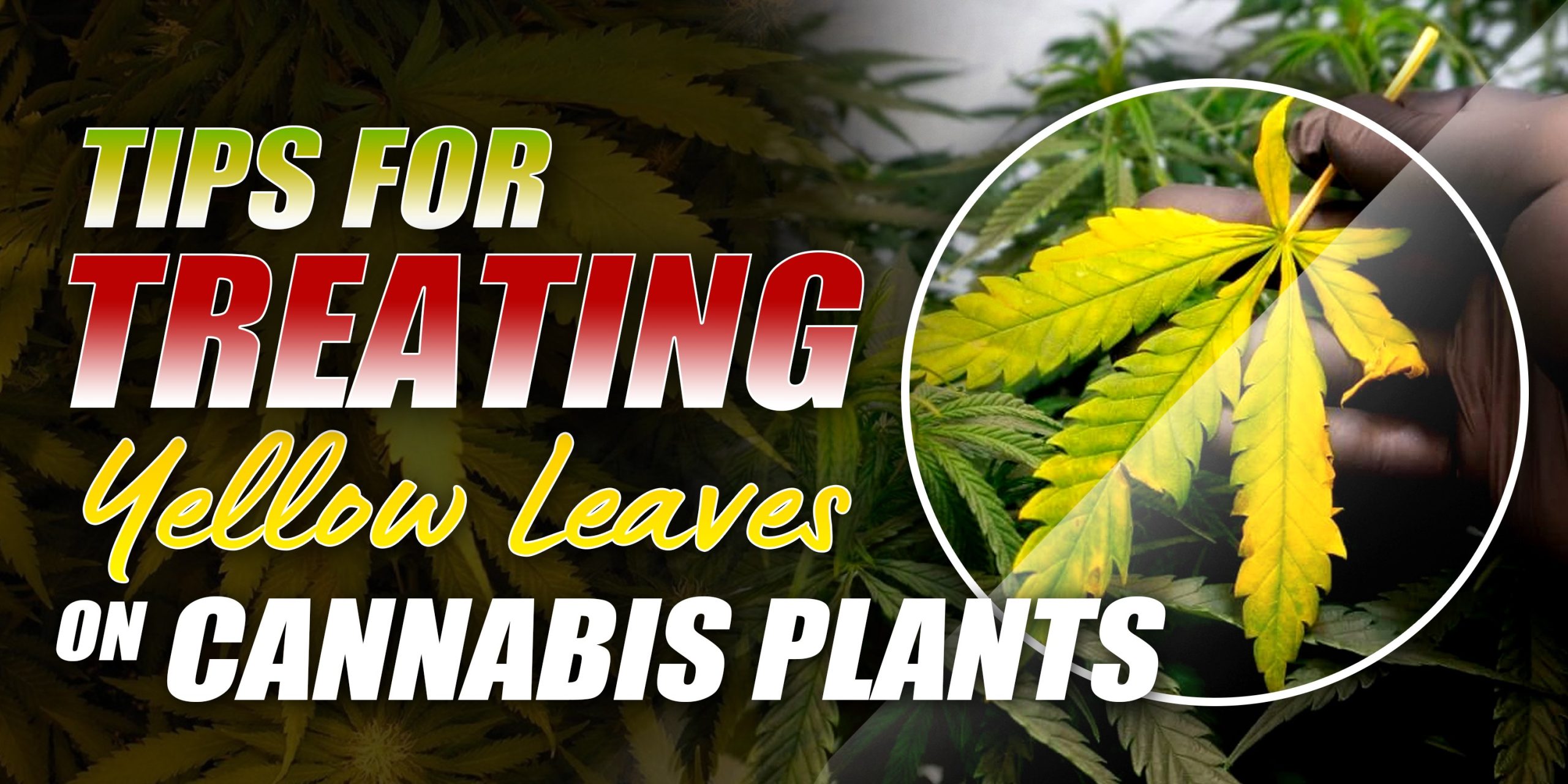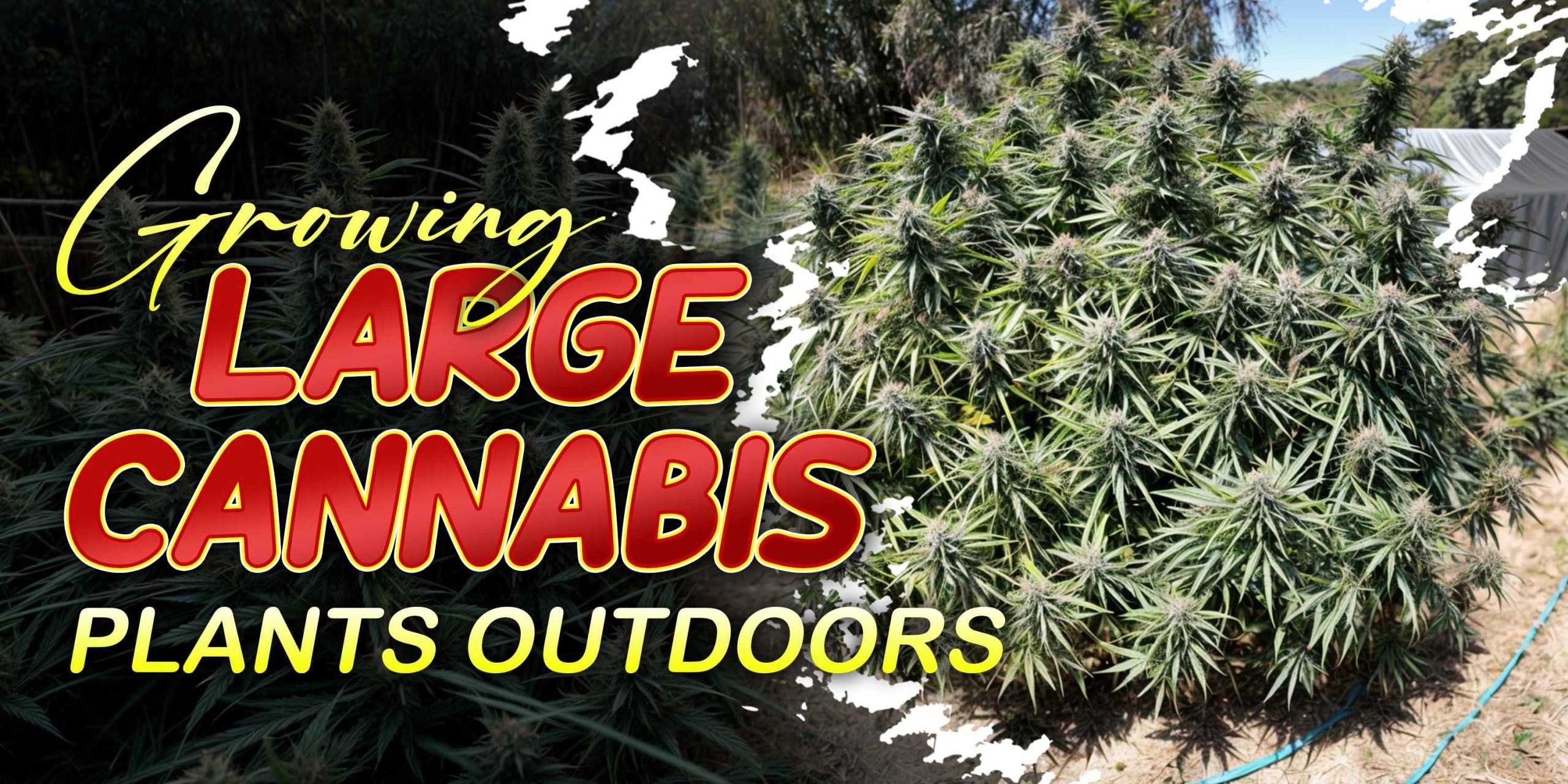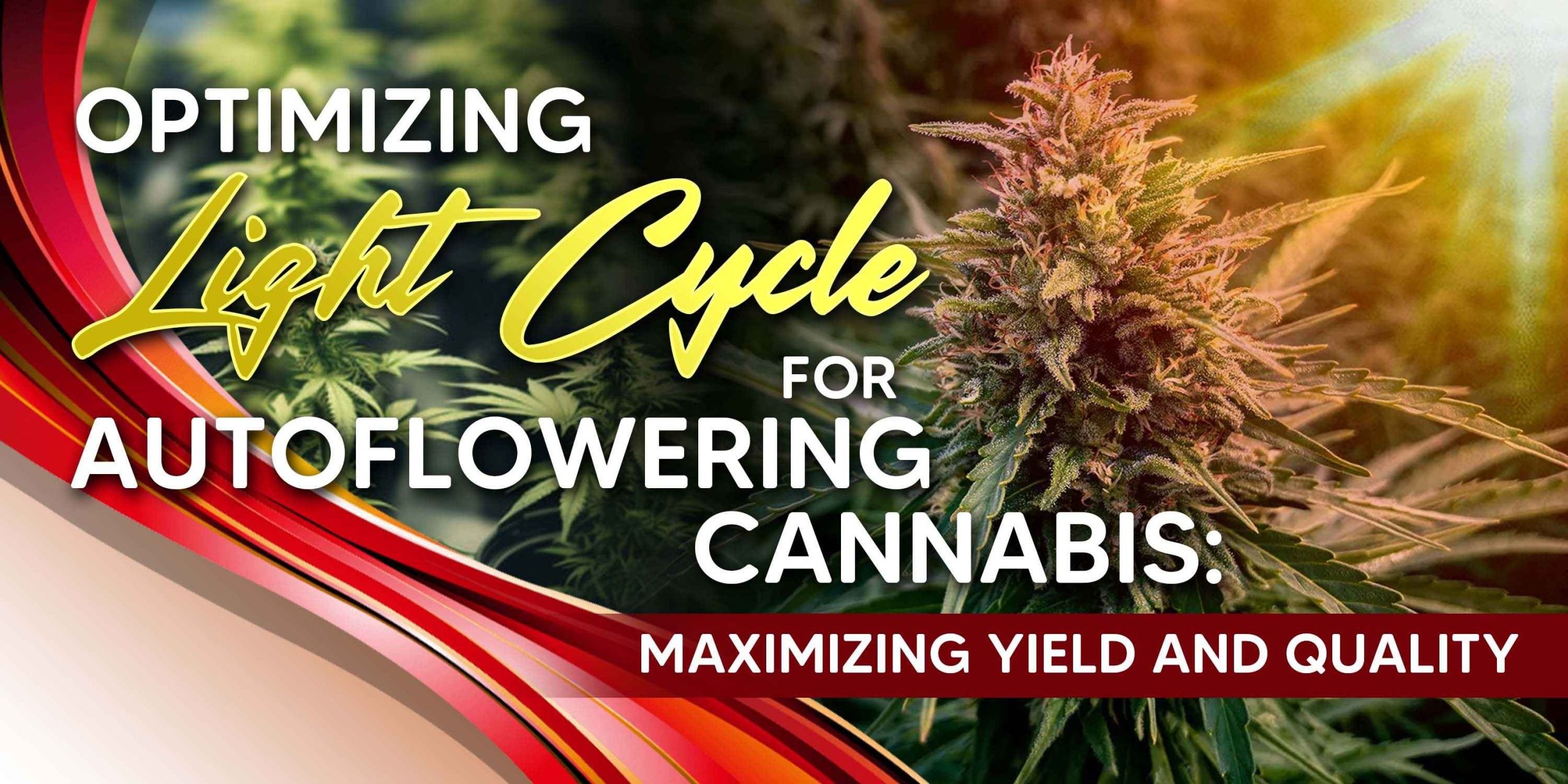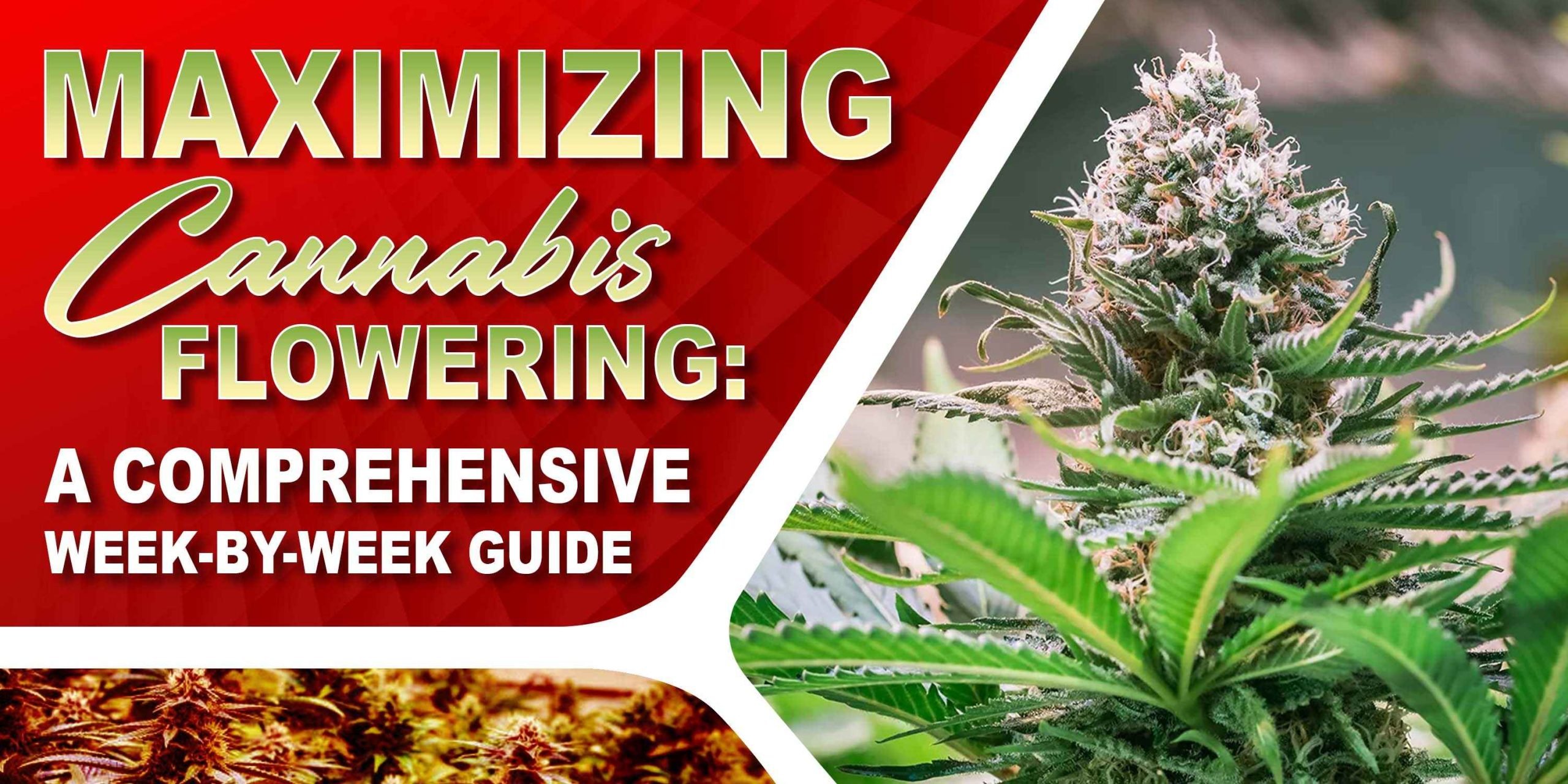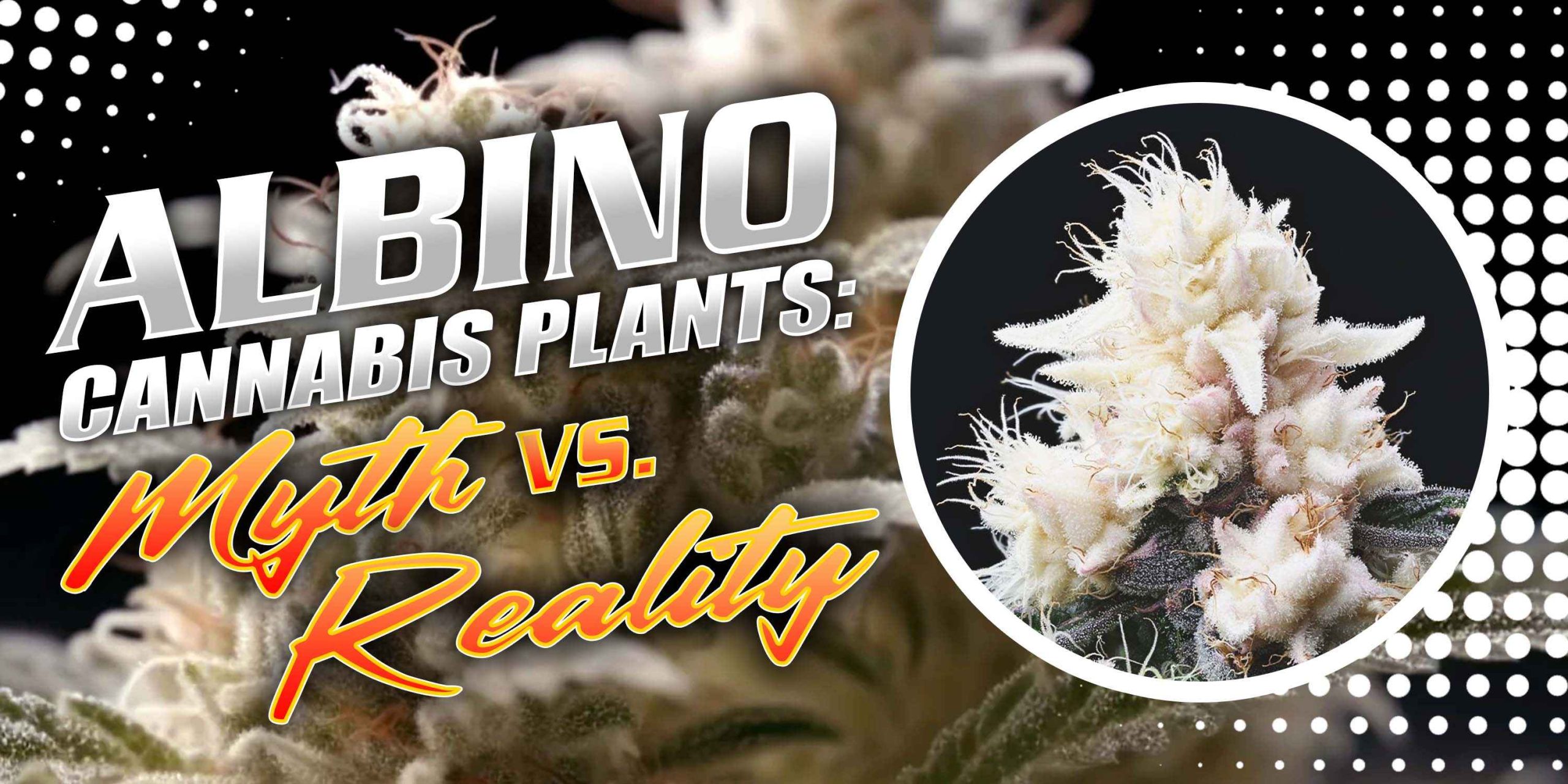Growing cannabis is not comparable to growing regular plants. They have special needs in terms of nutrients and as well as their growing requirements. Considering that they grow on an average of eight weeks, it can be a waste of time when they just end up sick. One of the problems experienced in growing cannabis is potassium deficiency. As the plant grows, the appearance displays a sick picture of a plant from its color, texture, and even the marks that start to show. As experts, we want this prevented for the cannabis plant to thrive accordingly.
Whether you’re a newbie in cannabis cultivation or a professional, this is article is something that you will find helpful. More than just the proper care, this article will help you understand the need of the cannabis plant for potassium, the signs they are showing when they are deficient in potassium as well as ways on how to handle potassium deficiency in weed. Not because it’s sick doesn’t necessarily mean it can no longer be revived. There’s hope for your dying marijuana plant and it is your job to know how to treat them.
What is Potassium?
Potassium is one of the primary elements needed for the cannabis plant to thrive. Its responsibility is to aid the plant in absorbing nutrients from the roots up. Also, it has a purpose in allowing the plant to undergo the process of photosynthesis. Why is it so important? Potassium is considered as the regulator of the breathing of the plant which means they are responsible for the ingress and egress of the Carbon Dioxide. It is also the key to the production of ATP or the Adenosine Triphosphate.
When a plant is suffering from Potassium deficiency, it affects its role in regulating the stomata’s activities as well as the process of photosynthesis alongside. It prevents the cannabis plant from breathing a sufficient amount of Carbon Dioxide to grow further affecting its color, texture, and health. It’s collateral damage, in all honesty. It prevents the roots to absorb and to spread the nutrients throughout the plant. Imagine a person who is not able to breathe accordingly and the oxygen levels are not well-circulated throughout the body. That’s how much cannabis plants are suffering from Potassium deficiency.
What are the Signs of Potassium Deficiency in
Growing Weed?
As a grower, one of your responsibilities is to maintain the health of your plant by checking them once in a while. It would be helpful to take photos of the plant every week to evaluate if there are changes that negatively affect the plant’s ability to grow or to flower. The growth of marijuana plants is very crucial regardless if they are grown indoors or outdoors. That’s why we highly suggest taking time in evaluating its features every once in a while. Below is a list of the signs you should watch out for displaying symptoms of Potassium deficiency in weed.
Marks
The normal image of a leaf of the marijuana plant is shiny and smooth. If they don’t display these effects, you can already tell that they are in the early stages of experiencing Potassium deficiency. As it progresses, brown spots will start to show on the leaves. They often come small and will start to progress when they are not treated immediately. These marks will soon draw up the dryness of the marijuana plant.
Color
Just like any other sick and dying plant, cannabis plants that are deficient in Potassium have light green, yellow, or light brown leaves. It often starts from the spots and will eventually progress and take up the whole leaf. This means the stage of the Potassium deficiency is worsening to the point that the leaves will soon dry up due to the absence of Carbon Dioxide and the inability to produce chlorophyll.
Texture
The last thing you should look out for is the texture. Once the tips of the leaves are starting to turn into light brown, it will soon curl up and be brittle. The texture of the leaf will turn dry that it can easily be crumpled. Do not cut off the leaves that are infected. There’s still time to revive the marijuana plant suffering from Potassium deficiency.
How to Handle Potassium Deficiency in Weed?
Handling Potassium deficiency in weed is not that challenging when you know what to do when the case occurs. As a grower, you should be ready with the needed equipment, nutrients, as well as taking time to watch over the plant’s road to recovery. It’s good to be well-acquainted with the immediate responses you have to perform in handling Potassium deficiency in weed.
Check the Distance of the Lights
If you’re growing indoors, there’s no doubt about the efficiency equipment provides in terms of taking control of the environment. Why check the distance of the lights from the marijuana plants? Cannabis plants experience sunburn or light burn caused when they are placed too close to the lights. The leaves will turn yellow to the point that it is often misdiagnosed as a Potassium deficient weed. If you think the lights are just too close, look out for the other signs that tell they are lacking in Potassium.
Evaluate the Nutrients Used
Yet another problem that’s causing the marijuana plant to experience weed deficiency is the supplements used and how it interacts with the ability of the plant to absorb. When you infused the plant with too much Nitrogen and Calcium, it will cause the Potassium to not be absorbed by the plant accordingly. One of the best techniques is to infuse the marijuana plant with a supplement that has balanced levels of NPP or Nitrogen, Phosphorus, and Potassium. You can perform this right after flushing the marijuana plant. This will provide time for the plant to recover even for a short while.
Take Time to Adjust the pH Levels
To handle Potassium deficiency, one of the factors that you should look out for is the maintenance of the soil’s pH levels. It has always been an issue affecting the growth, yield, quality, taste, and smell of the buds. On average, the pH value of the soil should be not lower or greater than 6.0 to 7.0. To flush out the excess nutrients, it would be best to use neutral pH water first before infusing them again with supplements.
Takeaways
Treat your marijuana plant as a baby. As a marijuana cultivator, the responsibility of maintaining the health of the plant is yours. Always be wary of the sudden changes in color, texture, and appearance of the marijuana plant to easily and immediately detect diseases such as Potassium deficiency in weed. This will save you the time in treating them as well as the money in considering other options to revive the marijuana plant.





